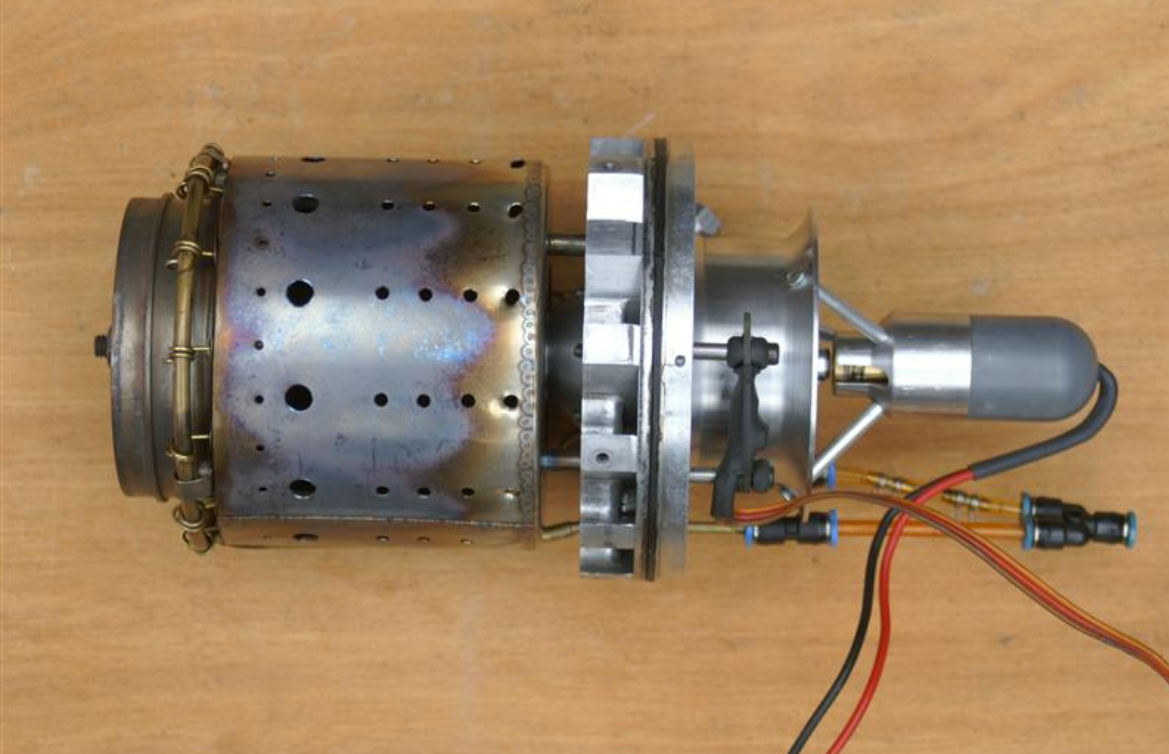These are two engineering(ish) projects outside work.
Jet Turbine Powered Helo Drone
I’ve always been interested in the world of aerospace (hence working on PPL). Sometime in 2014, I decided to learn aerospace engineering with the idea of eventually building a kit plane such as Lancair Evolution. I started with the textbook Jet Propulsion by Cumpsty and Heyes, which gives you a ton of theory on how a turbofan engine works.
But instead of building a plane first, I decided to build a jet turbine-powered helo drone. Yep, I got the idea to create a helo drone powered by a mini turbo fan engine. The plan is to build components through research, self-teaching aerospace engineering/jet propulsion, advanced mechanical engineering, and physics. Turns out buying one is an extremely complicated process in itself since you have to source several components where most of the parts are from the UK or Germany. Not to mention when all said and done it costs around $10-20K. Creating a BOM, it came out that I’d be building one for around $10K, based on my estimates I thought I could do it for around $5K if I manufactured the engine.
I use SolidWorks to design the turbine (based on a few blueprints out there), and contracted out the manufacturing to build the prototype (which is a major challenge in itself). The first engine that I'm building is a 10-15 lb thrust "mini" turbojet engine using schematics of commercially available RC turbine engines such as Wren MW54 and JetCat P60-SE, this will mainly test my ME skill and manufacturing feasibility. So far it's been a bit difficult. Eventually, as the designs evolve I would like to create +25 lb thrust engine. Maybe this will be a 2022-23 project!
First prototype with CNC milled parts and welded parts without the outer casing. This version was not fully functional just yet and probably shouldn’t actually be used.
I’m using a JetCat PHT3 as the benchmark (and test bed) until a “usable” jet turbine is developed. I need to develop a "forward" mounting rail system that will be able to accommodate a gimbal camera stabilizer to mount a FLIR Vue Pro. I also plan to use the PowerCat helicopter conversion (which includes the boom/pod, tail rotor, exhaust system, fuel tanks, main rotor) or AirStar JetCopter SX (airframe) + 800mm LH main rotor blades, which seems to be the go to setup for this kind of things.
A JetCat PHT3 outfit without any forward optic mounting system or autopilot system (i.e. the APM).
Close up of a bought JetCat PHT3 which the prototype engine will eventually replace.
For flight controls, I'm using a standard radio controller that will allow manual LOS (line of sight) control but also allow building an autopilot system. The autopilot will enable to craft to fly beyond visual line of sight (BVLOS) autonomously (as per the FAA regulation allows). The autonomous system will be accomplished via the ArduPilot APM 2.8 Flight Controller Board and APM Planner 2 software using a Panasonic Toughpad FZ-G1 as the ground controller (with the radio controller as a backup). I think for “true“ BVLOS capabilities, I will need to get an FAA authorization. Since the FAA keeps changing the rules (2016), I'll have to get back on what qualifies as an experimental vs. UAV/UAS.
This project is still in the works because the first version yep, I crashed it, which is why I’m using a JetCat for the time being.
Animation
Storytelling is something I grew up with (Disney) and animation is the mode of storytelling with stunning visuals if it’s done. It’s also a dream of mine to create a feature animation. It’s also a reason why a part of my career took place at Disney. At Disney, fascinated with how Disney/Pixar creates stories specifically animations, I took it upon myself to learn Maya. Having a computer science background, I started off with Maya and started with modeling starting with the Utah teapot. I really love Khan Academy's Pixar in a Box (they have one for Imagineering too and I encourage everyone to check it out!
From time to time, I build random models, mostly Disney/Pixar characters which takes a long time! In 2017, I built a fully rigged Wall-E model (without the rendering or paintings) following various tutorials which took +4 months to do (where I worked on it 2 hours at a time, animators at Pixar/Disney can do this faster). For 2020, I'm hoping to learn storyboarding and develop a story and characters. In the next few years, I’ll be creating shorts and whatnot so I can go from character to creating stories.
Looks a little crude?





